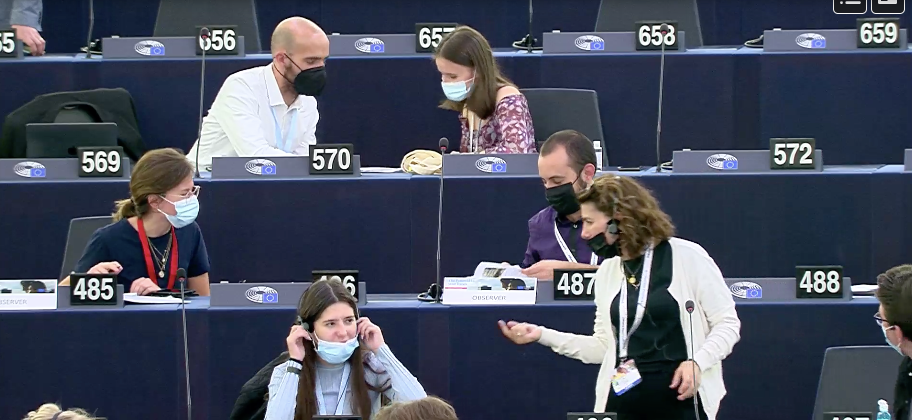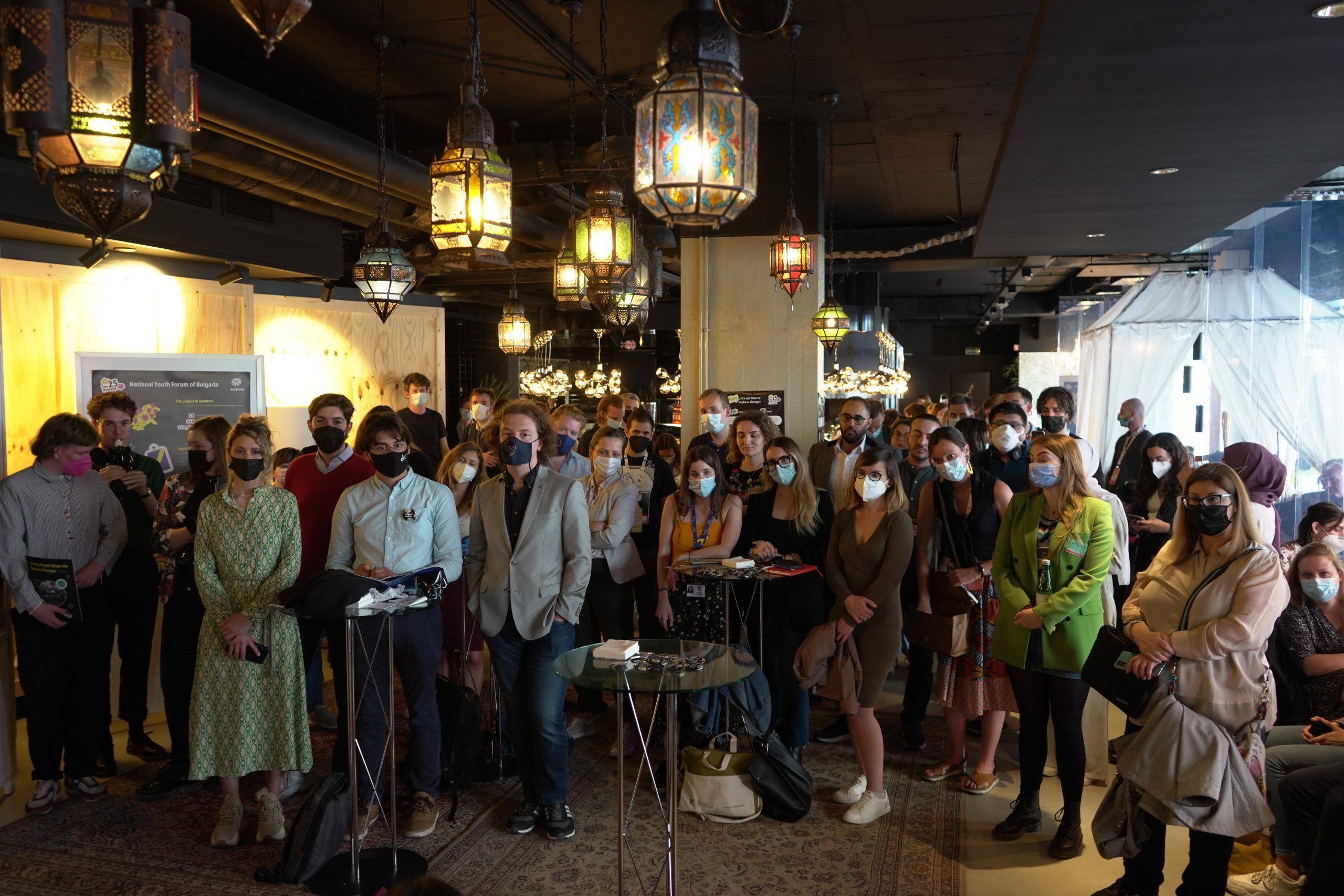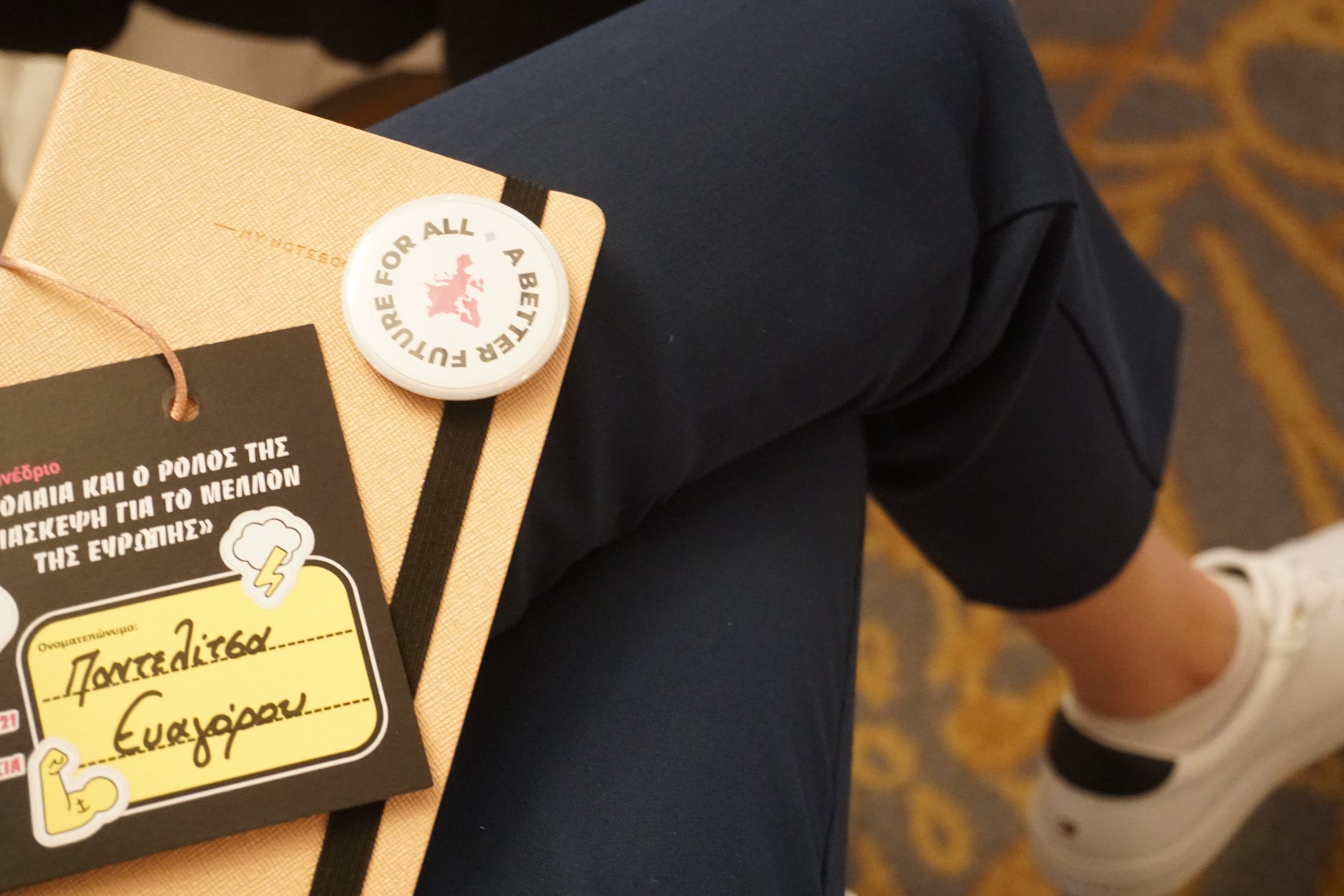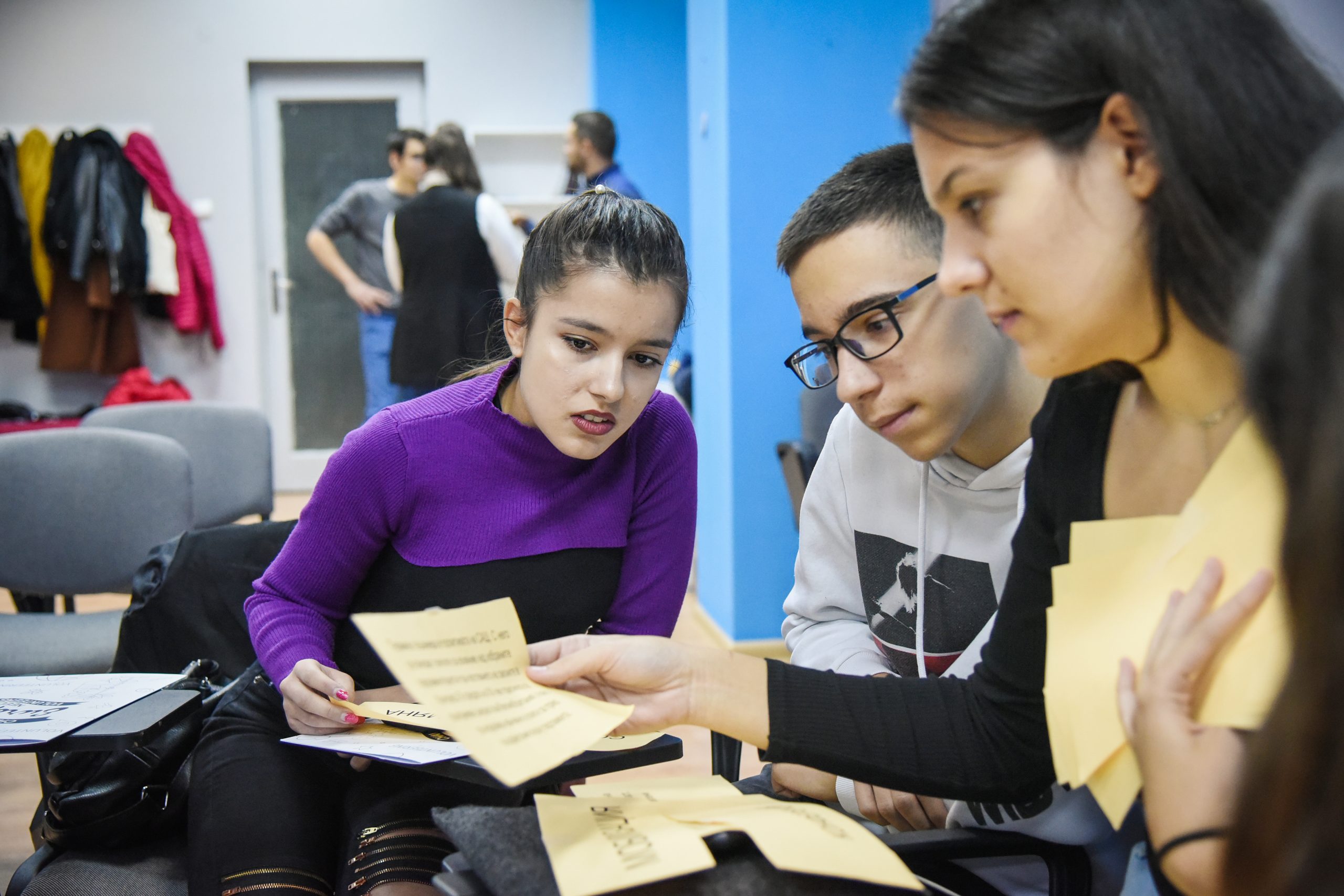The Future of the European Union: What is the Conference on the Future of Europe
What is the European Union? Most people don’t find it easy to answer this question, and for a good reason. The European Union changed a lot in its almost 70 years of history. It started as a community of 6 countries pooling together their industrial resources and it evolved into a Union of 27 members and with important powers and responsibilities. The way the EU became bigger and more powerful was determined by historical circumstances and political will, but also by the ideas of key figures and by the sentiments of the European population. This is to say that the European Union is an open ended project: we can make what we want out of it. But what do we want?
In recent years, the EU has been, rightfully, accused of being detached from its citizens and not transparent in its decision-making. The more the EU acquires new powers and competences, the more it is important that its citizens support it and are involved in shaping its direction. The Conference on the Future of Europe aims to fill in this gap. It is a commitment by the EU institutions and by national EU governments to listen to the voices of European citizens and follow-up on their ideas.
How will it work in practice?
The Conference was launched in May 2021 and will run until Spring 2022. It is a joint initiative of the European Commission, European Parliament and Council of the EU, and it involves other national and European institutions.
The aim of listening to all European citizens is not an easy one, and to achieve it the Conference is using different tools:
Tier 1 – gathering ideas
The multilingual digital platform allows everyone to submit an idea for the future of Europe.
Everyone can organise decentralised events linked to the Conference on the Future of Europe, and the ideas generated from those events are uploaded on the digital platform.
Tier 2 – Citizens’ Panels
The ideas collected form the basis for discussion in a series of citizens’ panels. These are composed by randomly selected EU citizens, one third of which are younger than 25 years old. The composition of the panels reflect the diversity of Europe in terms of nationalities and gender. The task of the Citizens’ Panels is to come up with recommendations for the Plenary.
Tier 3 – Conference Plenary
The Plenary is the main decision-making body of the Conference, and it is composed of representatives of the EU institutions, national governments, social partners and civil society. Moreover, 108 citizens from the Citizens’ Panels are invited to the Plenary too. Among those, there is also the President of the European Youth Forum. The Plenary discusses the ideas collected from citizens and the recommendations from the Citizens’ Panels, and it elaborates proposals.
Tier 4 – Executive Board
The Executive Board is composed of representatives of the EU institutions. On the basis of the proposals formulated by the Plenary, they will draft a report to be submitted to the Presidents of the European Commission, European Parliament and Council of the EU, who will then take them into account.
And then?
What is going to happen after the Conference on the Future of Europe? There has been a lot of discussion about what should be the outcome of it, and different EU institutions have different preferences and ideas. Nonetheless, the Conference should be an open process with no red lines: the sky is the limit! In the end, it will be up to citizens to raise ambitious demands and press for change. If we all engage and get involved, we have the opportunity to change the status quo.
How can you contribute to this?
Become part of The 25 Percent movement! Submit an idea through this platform, it will then be discussed by 150 young people and form the basis of a set of generational demands which we will present to members of the Conference Plenary.



